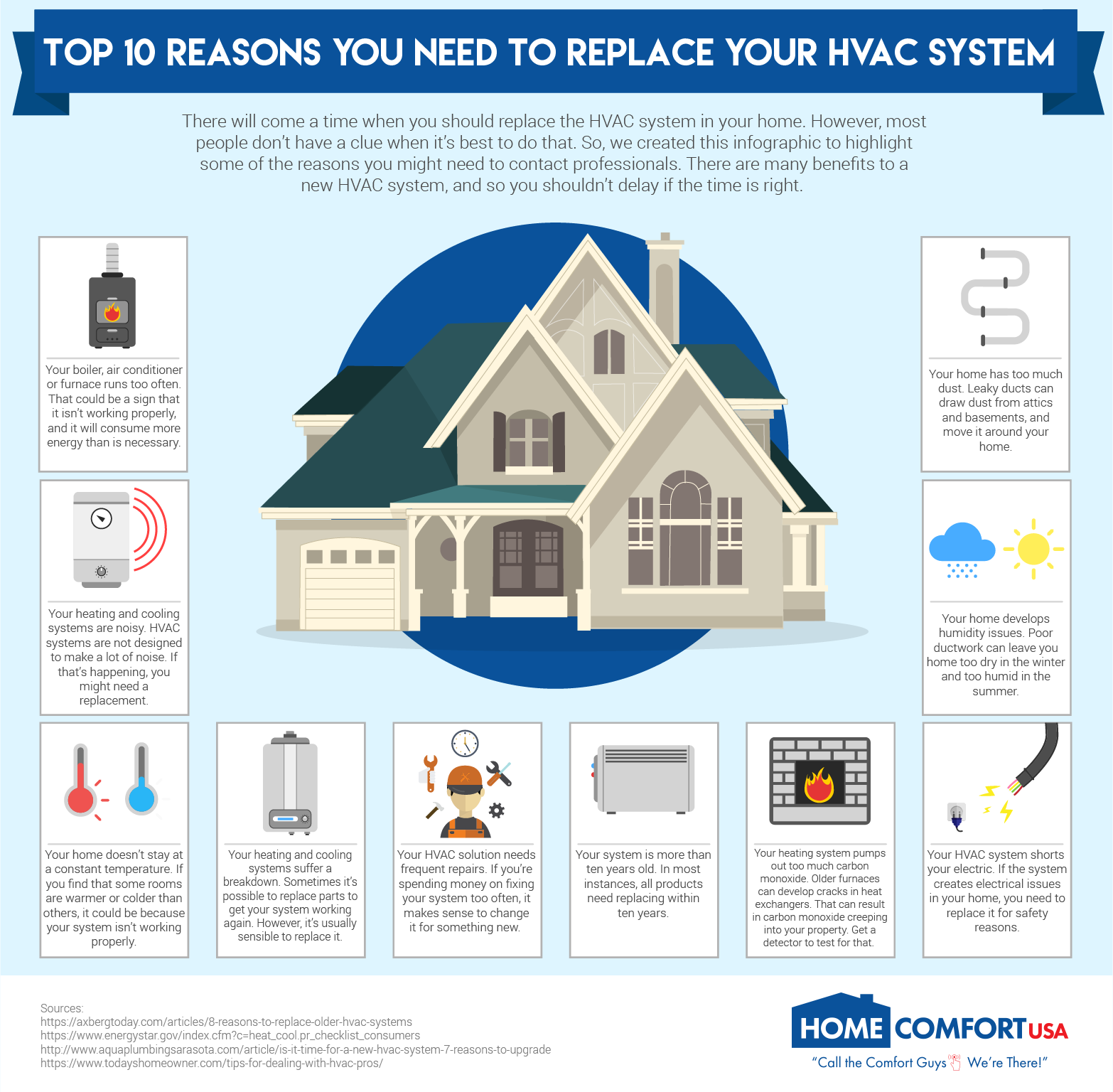The Future Of Home Heating - Exactly How Heatpump Innovation Is Advancing
The Future Of Home Heating - Exactly How Heatpump Innovation Is Advancing
Blog Article
Written By-Svensson Ringgaard
Heatpump will be a vital technology for decarbonising heating. In a scenario consistent with governments' announced energy and climate dedications, their worldwide capacity doubles by 2030, while their share in home heating rises to one-quarter.
They function best in well-insulated homes and count on electrical power, which can be supplied from an eco-friendly power grid. Technical breakthroughs are making them much more effective, smarter and less costly.
Gas Cells
Heatpump make use of a compressor, cooling agent, coils and followers to relocate the air and warm in homes and appliances. They can be powered by solar energy or electrical energy from the grid. They have been obtaining appeal because of their low cost, silent operation and the ability to generate electrical energy throughout peak power demand.
Some firms, like IdaTech and BG MicroGen, are working on gas cells for home heating. Read Full Report can change a gas central heating boiler and generate several of a house's electric demands with a connection to the power grid for the rest.
However there are factors to be unconvinced of using hydrogen for home heating, Rosenow claims. It would be expensive and inefficient contrasted to other modern technologies, and it would add to carbon exhausts.
Smart and Connected Technologies
Smart home modern technology enables house owners to attach and control their gadgets remotely with the use of smartphone apps. As https://kvia.com/news/business-technology/2020/07/13/business-booming-for-el-paso-air-conditioning-firms-during-extreme-heat-wave/ , smart thermostats can discover your home heating preferences and instantly adjust to maximize power intake. Smart lights systems can be controlled with voice commands and immediately turn off lights when you leave the area, decreasing power waste. And websites can monitor and manage your electric use, permitting you to recognize and restrict energy-hungry devices.
The tech-savvy family portrayed in Carina's meeting is a good image of exactly how passengers reconfigure room home heating techniques in the light of brand-new wise home innovations. They rely upon the devices' automatic features to perform everyday modifications and concern them as a convenient ways of conducting their home heating techniques. Because of this, they see no reason to adapt their practices even more in order to allow flexibility in their home power need, and treatments aiming at doing so may deal with resistance from these homes.
Electricity
Because warming homes represent 13% people emissions, a switch to cleaner options can make a big distinction. But the modern technology encounters obstacles: It's costly and calls for extensive home improvements. And it's not constantly compatible with renewable resource resources, such as solar and wind.
Until recently, electrical heatpump were too costly to compete with gas designs in many markets. However ac unit -new innovations in layout and materials are making them much more cost effective. And better cold climate performance is enabling them to work well even in subzero temperatures.
The following step in decarbonising home heating might be using warm networks, which draw warmth from a main resource, such as a nearby river or sea inlet, and disperse it to a network of homes or buildings. That would decrease carbon emissions and permit families to benefit from renewable energy, such as environment-friendly electrical power from a grid provided by renewables. This choice would certainly be much less costly than switching to hydrogen, a fossil fuel that calls for brand-new facilities and would only minimize CO2 discharges by 5 percent if paired with boosted home insulation.
Renewable resource
As electricity rates drop, we're beginning to see the very same fad in home heating that has driven electric automobiles right into the mainstream-- but at an also faster rate. The solid climate situation for impressive homes has been pressed further by new research.
Renewables account for a substantial share of modern warmth usage, yet have been given limited plan attention internationally compared to other end-use markets-- and also much less attention than electrical energy has. Partially, this mirrors a mix of customer inertia, divided rewards and, in numerous nations, aids for nonrenewable fuel sources.
New innovations could make the shift simpler. For instance, heatpump can be made much more energy effective by replacing old R-22 refrigerants with new ones that do not have the high GWPs of their precursors. Some experts likewise envision district systems that draw warmth from a close-by river or sea inlet, like a Norwegian arm. The cozy water can then be utilized for heating and cooling in a neighborhood.